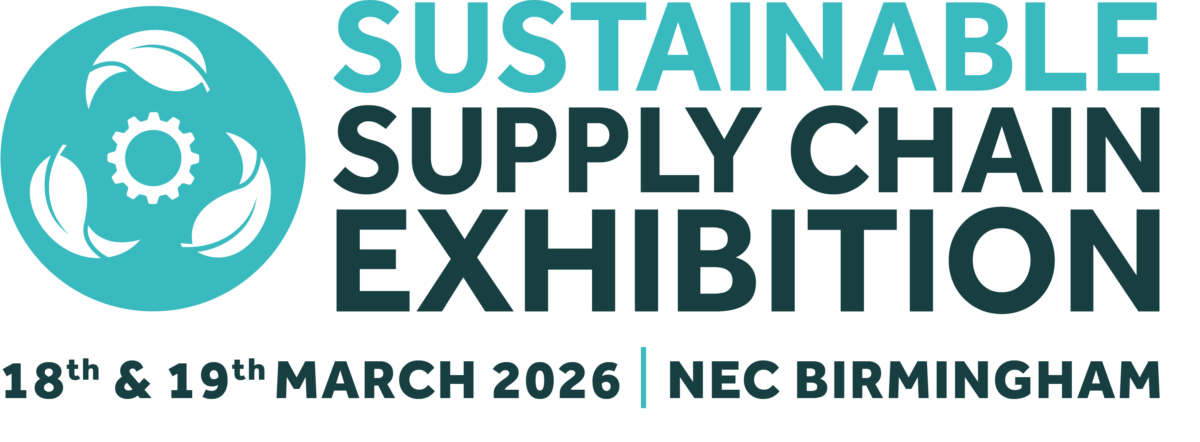Tesco suppliers are under pressure to meet the retailer’s strict labelling requirements – set down in a move to cut order errors and boost visibility in its supply chain.
The labels are of GS1 global pallet identification standard and comprise a serial shipping container code (SSCC), which is a unique serial number used to identify each pallet, and track them through the supply chain.
The benefits of using SSCCs are that a single label can be used to share information by suppliers, distributors and customers throughout the chain.
Suppliers will also need to switch to an advanced shipment notification (ASN) system, which the retailer implemented last year.
Those that do not make their operations ASN/SSCC compliant, within the allocated timeframe, could face being struck off or heavily fined.
Toshiba TEC, Norprint, and Opticon have come up with a system designed to make the switch as easy as possible, and help generate more benefits for suppliers.
The automated system comprises ASN/SSCC labelling software from Norprint; RFID-compatible SX printers from Toshiba TEC; and hand-held terminals provided by Opticon.
From now on, suppliers will have to import order files from Tesco via the existing electronic document exchange set-up (EDI/TMIS); pick the order; print the SSCC labels and apply them to pallets; and send the ASN back to Tesco.
The electronic notification and labelling system has been designed to help reduce delivery errors, and improve traceability and stock control.
The system takes one day to install, and Norprint reckons that an entire roll-out for an individual supplier would take up to two weeks.
Although developed specifically for Tesco, the system can be used for any other supermarket that chooses to go down the ASN route.
The retailer first tackled its 600 fresh produce suppliers in 2008; most of which now have the ASN system up and running.
The grocery sector is next in line to make the switch, with the deadline set for the end of this year. Non-food will follow in 2010.






